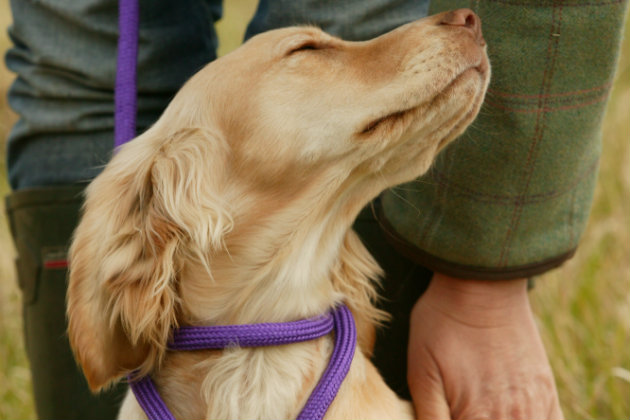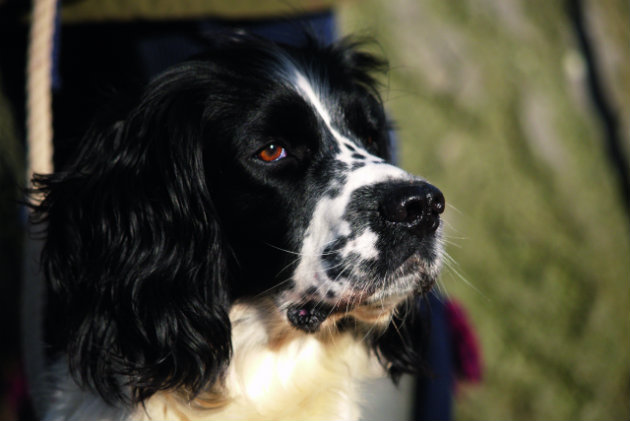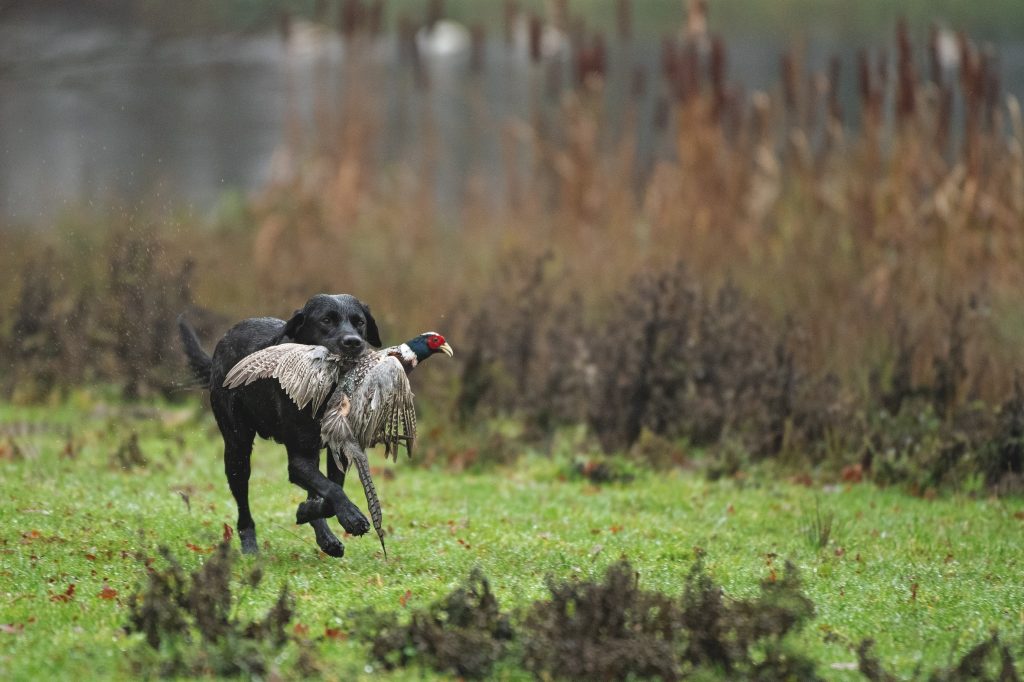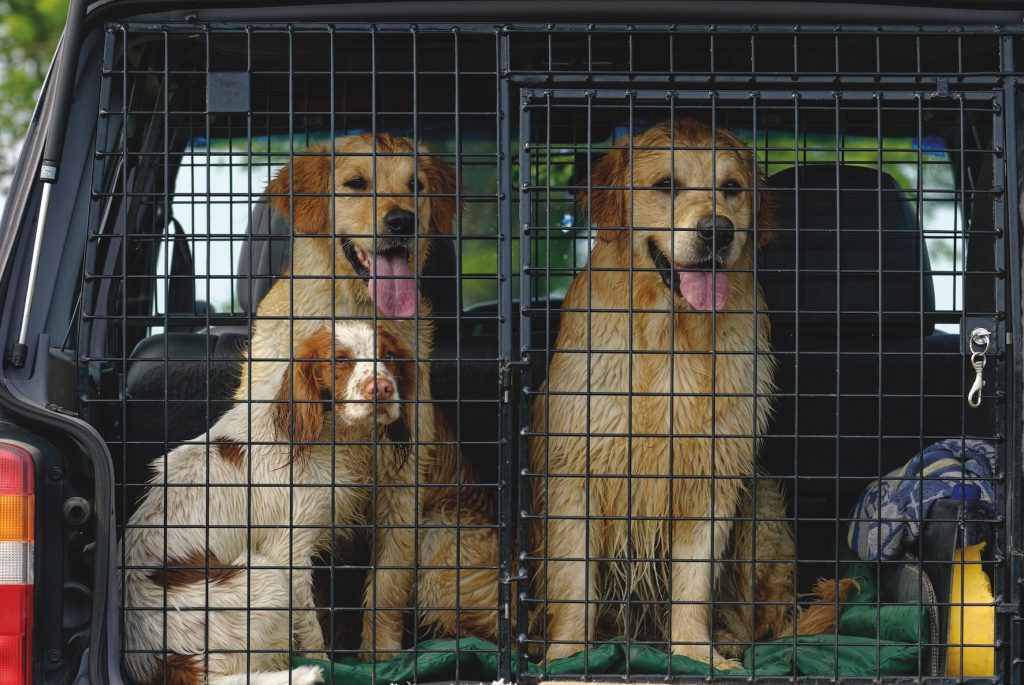Q: My dog has suddenly started sneezing. Can dogs get colds and flu like humans? Over the past few days…
Win CENS ProFlex DX5 earplugs worth £1,149 – enter here
How to treat heatstroke in dogs
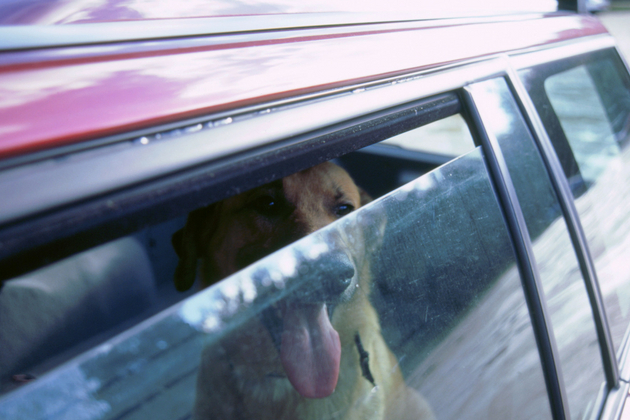
Dogs do not sweat like humans; they don’t have sweat glands, except for a few on the foot pads and on their noses. When they become warm dogs pant, exhaling overheated air, breathing in fresh, cool air and lowering their core body temperature. When a dog is confined to a small space in high temperatures and humidity, the dog will begin to acquire heat quicker than it is able to dissipate heat by panting. The core temperature rises and if it continues to increase, beyond 106°F (41°C), internal organ damage can occur.
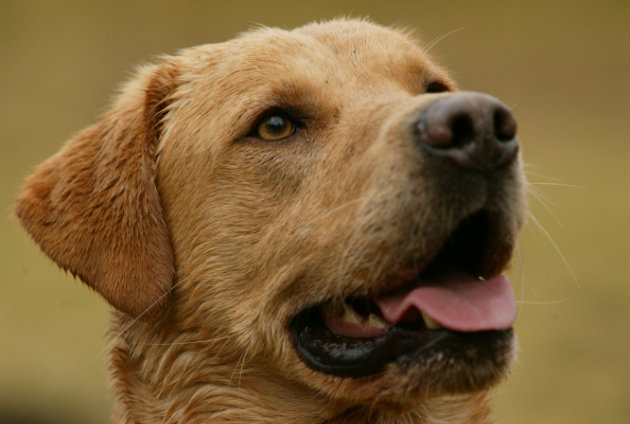
When they become warm, dogs pant
The causes of heatstroke include:
- Being left in a car in hot weather.
- Exercising hard in hot, humid weather.
- Being confined without shade and fresh water in hot weather, especially on concrete or asphalt surfaces.
The progressive signs of heat stroke are:
- Heavy panting, difficulty breathing and increased heart rate.
- The tongue, lips and gums appear red.
- The dog drools thick saliva and often vomits.
- The rectal temperature rises to 104°F to 106°F (40°C to 41.1°C).
- The dog becomes progressively unsteady and may pass bloody diarrhoea.
- Shock sets in, and the lips and mucous membranes turn grey.
- Collapse, seizures, coma and death rapidly ensue.
Can you prevent arthritis in dogs?
Q: Is there anything that can be done to delay or prevent the onset of arthritis in older dogs? Controlling…
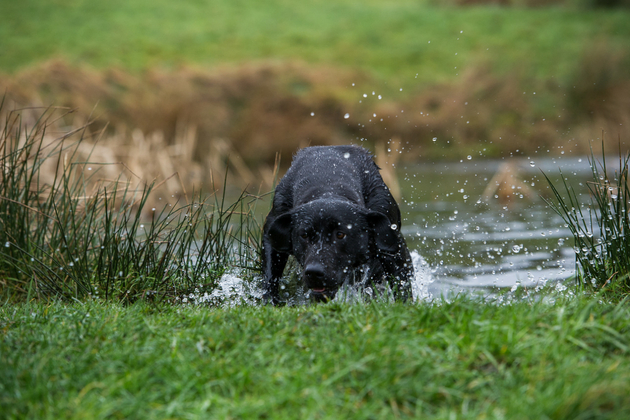
Let the dog cool down in cold but not iced water
Treatment for a dog with heatstroke
A dog that has collapsed through heatstroke requires immediate emergency treatment.
- Remove the dog from the hot environment. Take it indoors to a cool room – preferably one with a tiled floor or outdoors into fresh air and shade.
- Emergency measures to cool the dog must begin at once.
- If you can, take the dog’s rectal temperature. Mild cases may be resolved by simply moving the dog into a cool environment, wetting the coat and providing cool drinking water.
- If the rectal temperature is above 103°F -104°F begin rapid cooling by immersing the dog in cold, but not iced, water or spraying the dog with a hose. Place the wet dog in front of an electric fan.
- Cool packs applied to the groin area may be helpful, as well as wiping the dog’s paws off with cold water.
- Monitor rectal temperature every 10 minutes and continue the coooling process until the rectal temperature falls below 103°F (39°C).
- At this point, stop the cooling process and dry the dog.
- Take your dog to a vet as soon as possible. Ring the surgery, explain the situation, what treatment you are providing and how the dog is responding, so they can be prepared to receive the dog on arrival.
Related Articles
Get the latest news delivered direct to your door
Subscribe to Shooting Times & Country
Discover the ultimate companion for field sports enthusiasts with Shooting Times & Country Magazine, the UK’s leading weekly publication that has been at the forefront of shooting culture since 1882. Subscribers gain access to expert tips, comprehensive gear reviews, seasonal advice and a vibrant community of like-minded shooters.
Save on shop price when you subscribe with weekly issues featuring in-depth articles on gundog training, exclusive member offers and access to the digital back issue library. A Shooting Times & Country subscription is more than a magazine, don’t just read about the countryside; immerse yourself in its most authoritative and engaging publication.






